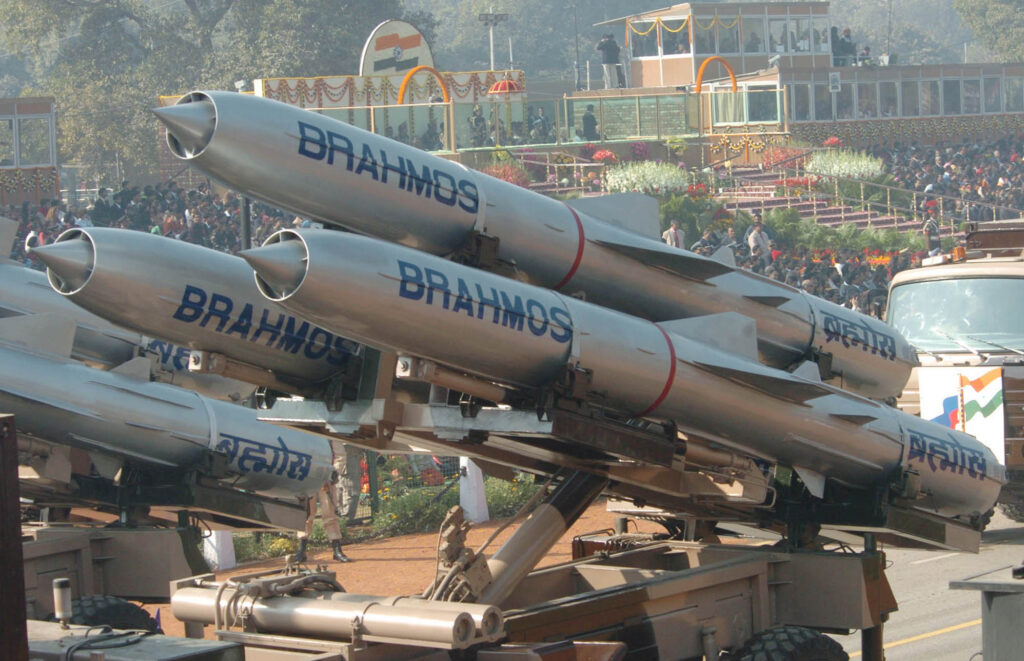
The absence of an institutionalized Nuclear Confidence-Building Measures (NCBMs) regime between India and Pakistan is an obstacle to the effective management of crises between these two nuclear-armed neighbors. Instances like the 2019 Pulwama-Balakot crisis and the 2022 accidental BrahMos missile launch underscore the critical role that NCBMs could play in diffusing tensions and preventing future crises. Against this backdrop, the establishment of a robust institutionalized NCBMs regime becomes paramount to ensuring that mechanisms for communication, transparency, and restraint are firmly in place.
The institutionalization of NCBMs entails two key factors. First, it requires the establishment of dedicated agencies with adequate resources and mandates to facilitate communication and cooperation for building confidence and trust between hostile nuclear states. Second, these dedicated organizations would require standard operational principles and procedures, including protocols for communication and information-sharing. This is necessary to transform existing ad-hoc NCBMs into an integrated system of organizations with specified roles and responsibilities as envisioned in the Lahore Memorandum of Understanding (MoU).
The establishment of a robust institutionalized NCBMs regime becomes paramount to ensuring that mechanisms for communication, transparency, and restraint are firmly in place.
Existing NCBMs Framework
India and Pakistan have a checkered history of NCBMs. Both states started negotiating NCBMs a decade before their overt nuclearization in 1998 with the agreement to refrain from attacking each other’s nuclear facilities. Both countries have abided by the terms of this agreement, which requires them to share the locations of their civil nuclear facilities each calendar year. Post nuclearization, the Lahore Declaration and Memorandum of Understanding (MoU) of 1999 provided a framework for eventual nuclear talks and led to agreements on pre-notification of the flight-testing of ballistic missiles and reducing the risk from nuclear weapons accidents.
Yet, the NCBMs regime between India and Pakistan has much room to improve. The existing regime does not provide procedural details on how to implement the exchanged information, how to enforce violators’ liabilities, and how to create a feedback loop for building confidence. For instance, the Lahore Declaration states that both countries will consult each other ‘on security concepts and nuclear doctrines’ for developing comprehensive NCBMs and pledges a periodical review to make NCBM implementations more effective. However, a quarter century into this agreement, neither has a review mechanism been put in place, nor has any institutional framework been identified for this purpose.
Recent events, such as the Brahmos misfire incident, reveal a disjunction between the intended functionality of these NCBMs and real-world outcomes. This highlights the pressing need for an institutionalized approach to NCBMs aimed at addressing these limitations. In addition, new technological advancements, doctrinal shifts in both India and Pakistan since the Lahore MoU, and the ensuing Composite Dialogue necessitate a relook at the NCBMs regime. While the Composite Dialogue did bring about the negotiation of two successful NCBMs in 1997, it has broken down multiple times in the past decade, and the working group on NCBMs has not met since 2012. Institutionalization of India and Pakistan’s NCBMs framework will help in this process becoming entirely redundant.

A Way Forward
New Delhi and Islamabad can institutionalize their NCBMs in three ways. First, the two countries can review their existing communication links as per the Lahore Declaration. Even though they had agreed to set up cooperative consultative mechanisms to monitor the implementation of NCBMs, they should create an institutionalized framework for communication in order to strengthen the current NCBMs regime by negotiating more agreements (in addition to improving the implementation of existing measures), to constrain escalation, and to control the ongoing arms race.
Second, the institutionalization of NCBMs would require going beyond the engagement between the respective external and foreign affairs ministries and creating contacts between other stakeholders within each country. On addressing dangerous military posturing, NCBMs engagement between organizations of Pakistan’s missile research and development program and India’s DRDO would be significant for controlling the escalation of emerging missile technology competition. Similarly, engagement between the Strategic Force Command (SFC) in India and Strategic Planning Division (SPD) in Pakistan would be crucial for conceptualizing and operationalizing the NCBMs. This would facilitate wider discussions and generate greater institutional buy-in for implementing existing agreements and generating new ideas for the NCBMs.
By setting up dedicated institutions for NCBMs, India and Pakistan could eventually take steps toward formally setting up Nuclear Risk Reduction Centers (NRRCs), like those established by the United States and Russia. Operated around the clock and staffed by military officers trained in nuclear risk reduction, those NRRCs facilitated the exchange of information on missile launches, nuclear tests, and other activities that could be mistaken for hostile actions. In the India-Pakistan context, institutionalized NCBMs may involve the creation of dedicated organizations tasked with overseeing CBMs, as well as the development of specific protocols or procedures for implementing them. As both states become more accustomed to engaging in nuclear-related dialogue and cooperation, this can help build trust and promote greater transparency and predictability.
Third, like the DGMO hotline, both countries need to operationalize an emergency communication mechanism. For instance, as per the pre-notification agreement, both parties have agreed to provide advance notification of the ballistic missile flight test through their respective High Commissions. Unfortunately, this agreement does not cover cruise missiles, which is the reason India does not share pre-flight notifications of Brahmos missile tests. However, after the Brahmos missile misfired, India still did not notify Pakistan and failed to establish communication. This was a great opportunity to put the existing hotlines to use. Had India done so in a timely manner, it would have assuaged Pakistani concerns. Even more worrisome is that after more than a year after the accidental missile firing, India has still not been able to develop SOPs to prevent future repetition.
The emerging threats of disruptive and dual-use technologies, as well as the nuclear-cyber interface, demand strong NCBM regimes and the corresponding institutions to deal with them.
The Brahmos missile incident underscored the need for institutionalized NCBMs between New Delhi and Islamabad rather than ad-hoc measures that are implemented in specific contexts and suspended due to crises. Institutionalized NCBMs would not only enhance the degree of trust, transparency, and sustainability between the two rivals but also reduce uncertainties, unpredictability, and irresponsibility. Institutionalizing NCBMs ensures their functioning during crises.
Moreover, the emerging threats of disruptive and dual-use technologies, as well as the nuclear-cyber interface, demand strong NCBM regimes and the corresponding institutions to deal with them. India and Pakistan may need to assess how disruptive technologies could undermine the existing NCBMs regime. For example, AI integration with weapon systems can lead to challenges within escalation management and nuclear risk reduction. Cyber-attacks on the command-and-control centers during a crisis could lead to disastrous consequences as well. Institutionalized NCBMs may also help the two countries understand the nuclear-cyber interface, where cyberattacks could target nuclear systems, and jointly develop norms and safeguards. Similarly, the institutionalization of NCBMs can help in the regular updating of protocols and the incorporation of technology features in bilateral NCBM monitoring mechanisms.
Conclusion
The institutionalization of NCBMs presents technical and political challenges. Pakistan and India will have to show political will and compromise in order to make any meaningful progress towards nuclear stability. As two nuclear armed neighbors, neither Islamabad nor New Delhi can afford to leave things to chance and continue to exist without any bilateral dialogue.
A formalized and institutionalized NCBMs regime between Pakistan and India is not only a pragmatic necessity but also a proactive step toward promoting stability, trust, and responsible behavior in the region. Such a regime would lay the groundwork for effective communication, crisis management, and risk reduction, and contribute significantly to regional security and global non-proliferation efforts.
Also Read: India-Pakistan Cooperation and Prospects for Regional Stability in South Asia
